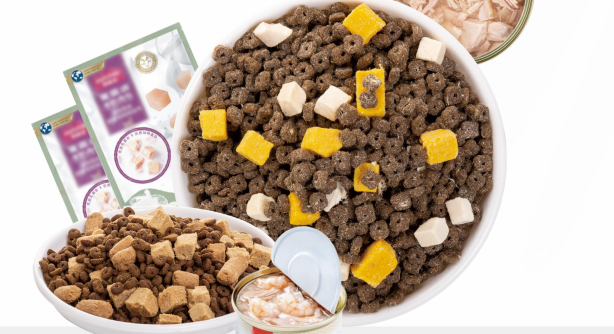Expanded dry cat food, universally recognized as kibble, represents the cornerstone of modern feline nutrition. Born from advanced extrusion technology, these bite-sized morsels have revolutionized pet care by delivering balanced nutrition in a convenient, shelf-stable format. The manufacturing alchemy begins with carefully selected proteins—whether premium chicken meal, ocean-caught fish, or novel insect proteins—blended with precisely calibrated carbohydrates like ancient grains or pulse legumes. This mixture undergoes a metamorphosis in high-temperature extruders, where intense pressure and heat transform raw ingredients into digestible, nutrient-dense pellets. The final product emerges coated with irresistible flavor enhancers, from natural liver powders to scientifically developed palatability agents, creating food that satisfies even the most discerning feline tastes.
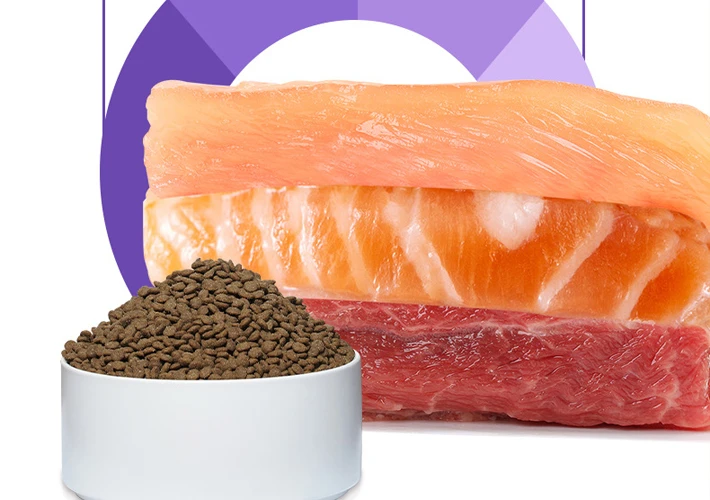
The advantages of kibble extend far beyond mere convenience. Its crunchy texture serves as a dental care ally, mechanically scraping away plaque with each bite—though veterinary opinions vary on the efficacy compared to specialized dental diets. The low moisture content, while often criticized, actually enables remarkable shelf stability, allowing bulk purchasing that benefits multi-cat households and shelters alike. Modern formulations now address specific life stage requirements: kitten kibbles packed with DHA for cognitive development, senior formulas enriched with joint-supporting compounds, and weight management varieties featuring L-carnitine to boost metabolism. The economic appeal is undeniable, with dry food typically offering 30-40% more calories per dollar than wet alternatives, making it the pragmatic choice for budget-conscious pet parents.
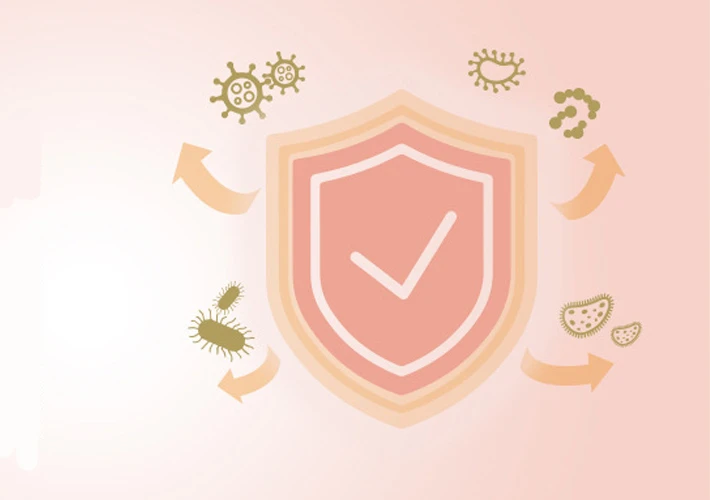
The puffing process makes the starch in the raw materials fully gelatinized, greatly improving the digestion and absorption rate (up to 85% or more).
Indoor cats: Add dietary fiber to control hairballs;Sterilized cats: Low phosphorus and magnesium formula to prevent urinary diseases;Senior cats: Strengthen glucosamine to protect joints;Sensitive stomach: Single protein source + hydrolysis process
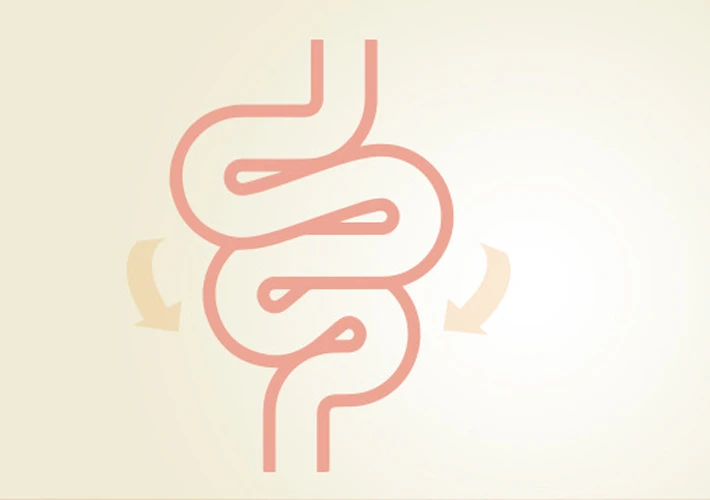
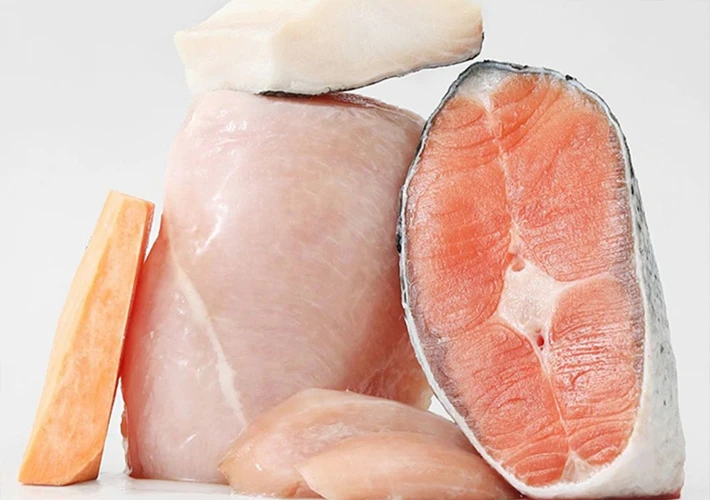
By accurately adding essential nutrients such as taurine and vitamins, it fully meets the AAFCO/FEDIAF international nutrition standards and avoids the common nutritional imbalance risks of homemade diets.
The global kibble market continues to evolve with remarkable innovations. Cutting-edge manufacturers now employ vacuum coating technologies to preserve fragile omega fatty acids, while others experiment with probiotic microencapsulation to support gut health. Sustainability drives development of alternative proteins, from farmed insect larvae to lab-cultured meats, responding to environmentally conscious millennials. Regulatory landscapes grow increasingly complex, with the EU enforcing strict transparency laws, China implementing new safety protocols, and niche markets like the Middle East demanding halal-certified options.
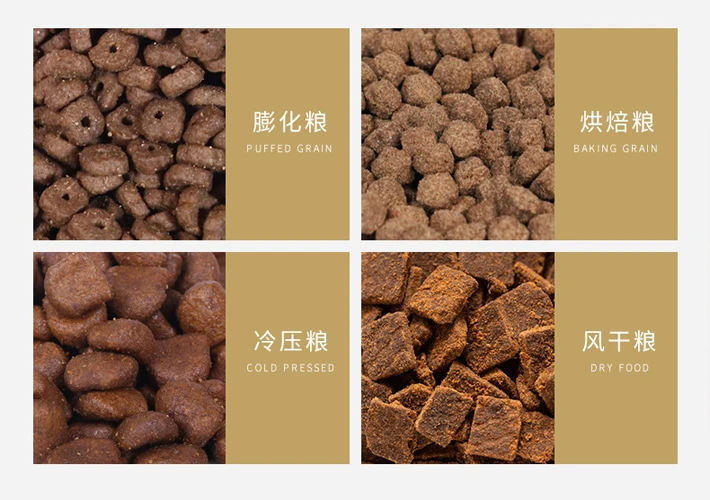
Despite emerging competition from fresh and raw diets, expanded dry food maintains market dominance through relentless innovation. Premiumization trends see human-grade ingredients and chef-inspired recipes entering the category, while smart packaging integrates freshness sensors and portion control technology. As we look to the future, kibble stands poised to remain the feeding solution of choice for millions of cats worldwide—continuing its journey from simple sustenance to scientifically optimized nutrition that keeps pace with our evolving understanding of feline wellness. The perfect kibble of tomorrow may well combine the convenience owners love with the species-appropriate nutrition cats require, bridging the gap between domestic practicality and biological necessity in our cherished companions’ diets.
